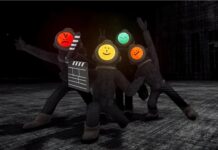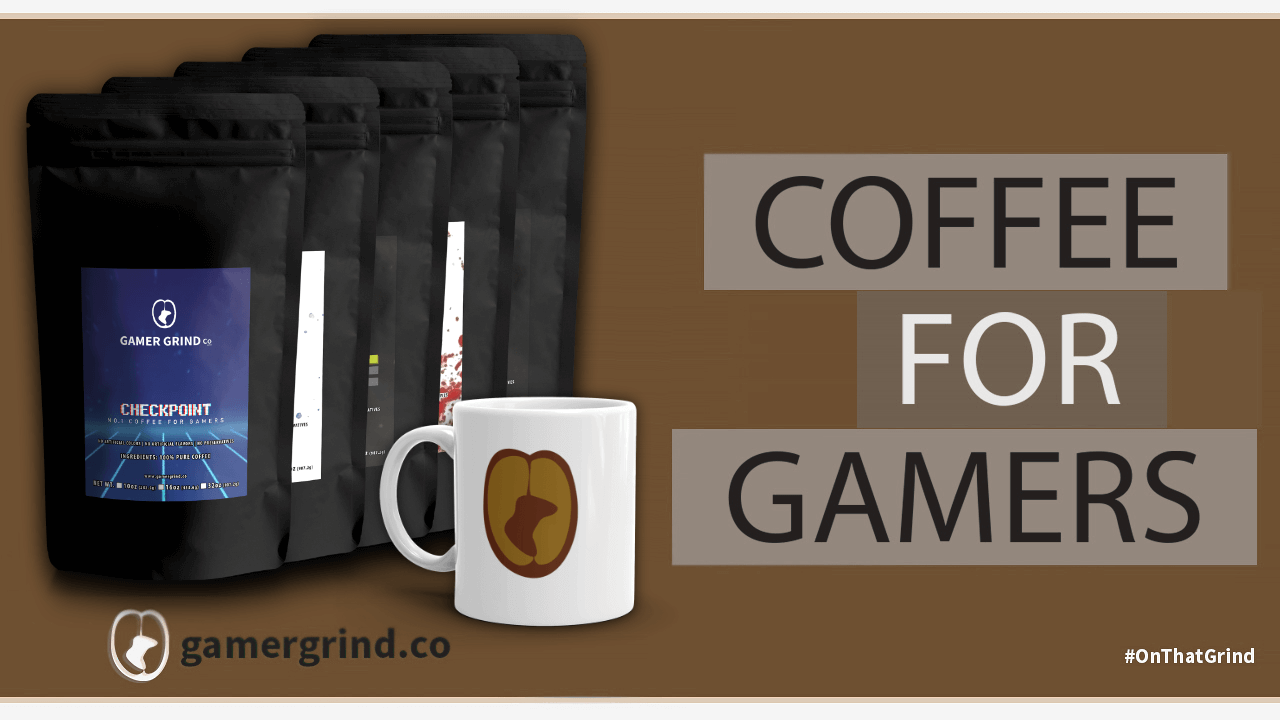If you want some idea of how seriously M2 takes its art, consider this. During the development of the Darius Cozmic Collection, which brings together all the ‘2D’ entries of Taito’s legendary side-scrolling shmup series for Nintendo Switch, someone noticed the screws being used in the instruction panels that furnish the screen weren’t quite right. So they tasked someone to pop down to the nearest game center with an original Darius cabinet to get photos of the real deal.
It’s that sort of attention to detail that’s made M2 so beloved – the sort of attention to detail that had them recording the hydraulics on a deluxe After Burner 2 cabinet for the 3D Classics, or using the 3DS’ parallax barrier to emulate the curve of an old CRT TV in its ports of home games such as Sonic the Hedgehog. It’s what makes their ports and remasters feel like luxury items, kitted out with lavish extras and feeling as close as we’ll get to the Criterion Collection when it comes to video games.
So when the developer of some of the most luxurious video games is matched with one of the arcade’s most luxurious cabinets, it’s worth paying attention. It’s worth going the extra mile to get your hands on Darius Cozmic Collection – for some reason or another it’s not available on the eShop digitally, meaning you’ll have to physically import it (I put morals to one side and went with Amazon Japan, and am still not entirely sure how it managed to arrive through my door within two days).
Is it worth laying out well over £100 for the special edition that includes five home Darius games? Given that one of them, the super limited edition boss rush Darius Alpha that was a competition prize for PC Engine players, was restricted to 800 copies and currently commands over £3000 for a copy, maybe. I couldn’t quite square it myself, and so simply went for the standard edition that bundles together four arcade originals, which are surely the star attractions here.
The original Darius, here presented in ‘old’, ‘new’, and ‘extra’ versions, came at a time when ‘taikan’ cabinets were all the rage in Japanese arcades – grand devices that took up an awful lot of space and promised unique experiences. Think Sega’s Out Run in its sit-down deluxe form, After Burner in all its gyro-assisted beauty, or Hang-On, the original taikan game, which asked players to lean into corners; these were things designed to be all-body experiences. Darius was Taito’s own take on the phenomenon, offering an all-body experience of a very different kind.
The original Darius cabinet is renowned for its three-screen, cinemascope-beating glory, its all-encompassing vistas coming about through some daring product design (and I can’t help but think of Abel Gance’s similarly thrilling five-and-a-half-hour silent epic Napoleon, whose final reel was designed for three projectors running side by side). That’s just the half of Darius’ showmanship, though, with speakers installed under the player’s bench to work towards an effect Taito dubbed ‘body sonic’. It’s even a cabinet that comes with its own headphone socket so that you can more fully immerse yourself in its audio majesty.
The music of Hisayoshi Ogura, and then of Zuntata, the in-house band he founded, has defined Darius. It’s what’s given its ethereal edge, tunes that seem to have been pulled from the stars some cold and lonely 2am and given heavenly voice. It’s what makes Darius’ brand of sci-fi unnerving – a quality, I believe, all the best sci-fi has, with their twists on the familiar making them seem all the more unreal. For Darius, it’s about plumbing the depths for inspiration, having mechanized angler fish and seahorses attempting to overpower your tiny ship The Silver Hawk.
And so Taito’s artists and designers have always done a grand job of matching the music of Zuntata when it comes to that sense of otherworldliness, making Darius a series of rare melancholy and one that sings with its sense of dissonance. Playing through the Darius series in order, you can sense that dissonance ramping up as the series becomes surer of its own identity; it’s there in eerily chalked-out lines in the 1987 original, then amplified in the sequel (which in Cozmic Collection is available in its two-screen configuration, though any disappointment over that is soon overridden by the inclusion of its various remixes in the shape of Sagaia).
By the time of 1994’s Darius Gaiden, that dissonance is jacked up to the point of pure psychedelia. This is an almost deliriously strange game, soundtracked by a full-on assault of softly sinister dreamscapes from Zuntata, its stages pulsing purples and other excesses. The game beneath all that is odd in the best possible way too, featuring the addition of a smart bomb that sucks in the entire screen, and the ability to capture mid-bosses by catching orbs you can shoot free so that you can then have them momentarily fight by your side.
Darius Gaiden is as beautiful to play now as it ever was and caps off the brilliant Cozmic Collection. As you’d expect from M2, the options and the emulation are top-tier. There are the gadgets familiar from the likes of Ketsui Deathtiny that furnish the screen and give you some visibility on the bigger picture – here, it’s the level of your weapons, as well as the stages that are coming your way among other details – while save states let you break down the surprisingly lengthy campaigns into smaller pieces. There’s the ability to set how fast your auto-fire is, if you wish to go down that route, and global leaderboards with downloadable replays so you can see the very best in action.
As ever with an M2 game, it’s the slightly more granular detail of Darius Cozmic Collection that makes this sing. There are scanline options and ones that mimic the glow of an arcade CRT, sure, but there’s also the option to introduce subtle color boundaries for the different monitors in a multi-screen set-up so that players used to reading the divides in their own playthroughs for their positioning aren’t put at a disadvantage. Also, it looks cool. Of course, playing a game as grand as Darius on a single TV screen is never going to fully mimic the glory of the real thing – let alone on the Switch’s portable screen – but this comes as close as you could ever realistically hope. Put in headphones and play with the screen pulled super close in bed late at night, and that otherworldly magic is still very much there.
There are minor gripes, of course, the main one being the omission of G-Darius, for many a highlight of the series. M2’s reasoning goes along the lines of this being a compilation of the 2D games, and regardless you can’t deny the sheer amount of effort that’s been put into what’s already here. There’s also the point of the price – and the availability, at present – though as someone with a soft spot for shmups who’s spent much more on much less, I’m not sure I can complain too much. The Switch has become a fantastic place for fans of the form, with newcomers such as Devil Engine sitting alongside grand old dames of the genre such as R-Type and Darius. Now, if only someone could see to getting a Gradius collection on the thing…































